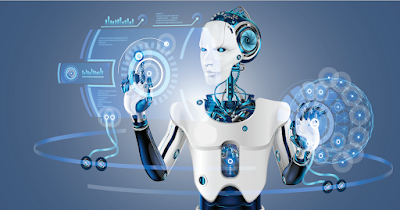Robotic Process Automation (RPA) is a software technology that enables organizations to automate their business processes by creating software robots or bots. RPA bots can be programmed to perform repetitive and routine tasks such as data entry, data manipulation, data extraction, and process automation, thus reducing the workload of human workers and improving accuracy and efficiency.
Advantages of RPA:-
Improved Efficiency:-
RPA can automate repetitive and time-consuming tasks, leading to increased productivity and efficiency. This frees up human workers to focus on more complex and creative tasks that require critical thinking and decision-making.
Accuracy:-
RPA bots are programmed to perform tasks with high accuracy, eliminating errors and reducing the need for rework. This can improve the quality of data and processes, leading to better outcomes for organizations.
Cost Savings:-
RPA can help organizations save costs by reducing the need for human labor and improving the speed of processes. RPA can also operate 24/7 without the need for breaks, leading to even more savings.
Scalability:-
RPA can be scaled up or down as needed, making it easy to adapt to changes in business processes and organizational growth.
Integration:-
RPA can be integrated with other technologies such as machine learning and artificial intelligence, enabling bots to make decisions and perform more complex tasks.
Disadvantages of RPA:-
Lack of Flexibility:-
RPA bots are programmed to perform specific tasks and may not be able to adapt to changes in processes or new situations. This can lead to inefficiencies if processes change frequently.
Limited Decision-making:-
RPA bots are designed to perform tasks based on pre-defined rules and instructions. They may not be able to make complex decisions or analyze data in the same way that humans can.
Security Risks:-
RPA bots can potentially access sensitive data and systems, leading to security risks if not properly secured.
Maintenance:-
RPA bots require maintenance and updates to keep them operating effectively. This can require dedicated resources and ongoing investment.
Lack of Human Interaction:-
RPA bots do not have the same level of human interaction or emotional intelligence as human workers. This can limit their ability to handle complex situations or interact with customers effectively.
In summary, RPA is a technology that can help organizations to automate their business processes and improve efficiency and accuracy. However, like any technology, it has its advantages and disadvantages that must be carefully considered before implementing. Organizations should weigh the benefits of RPA against the costs and potential risks to determine whether it is the right solution for their needs.




0 Comments